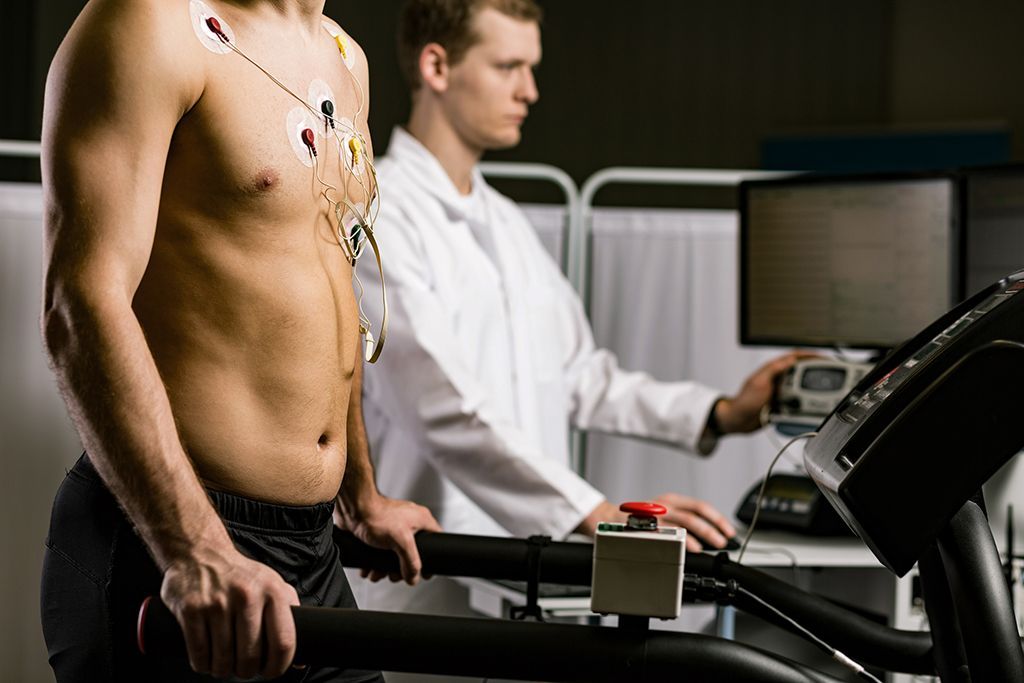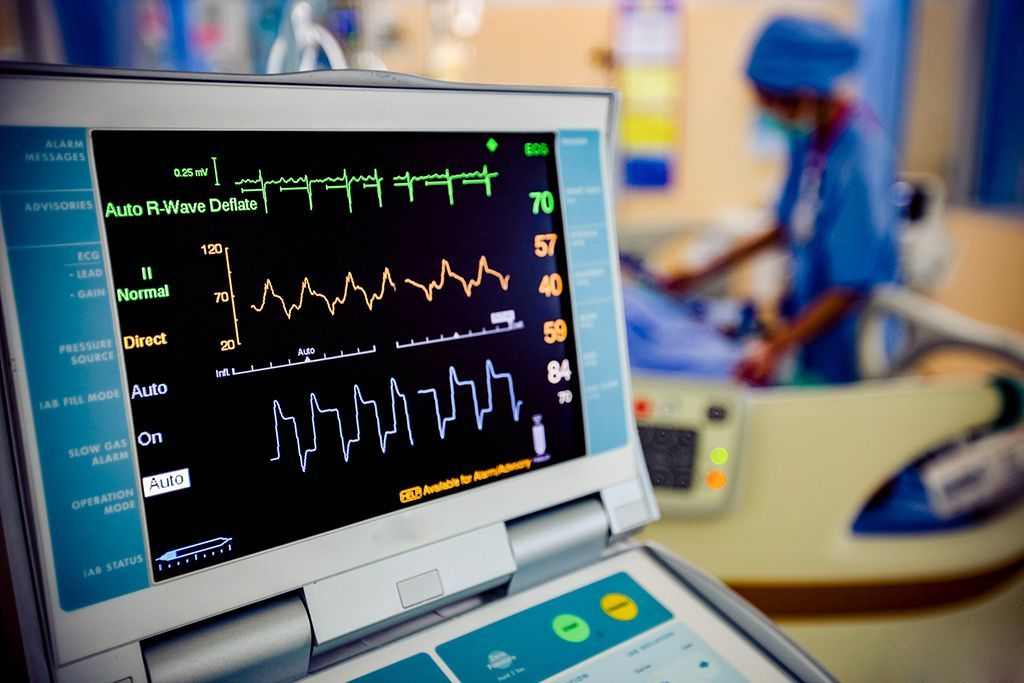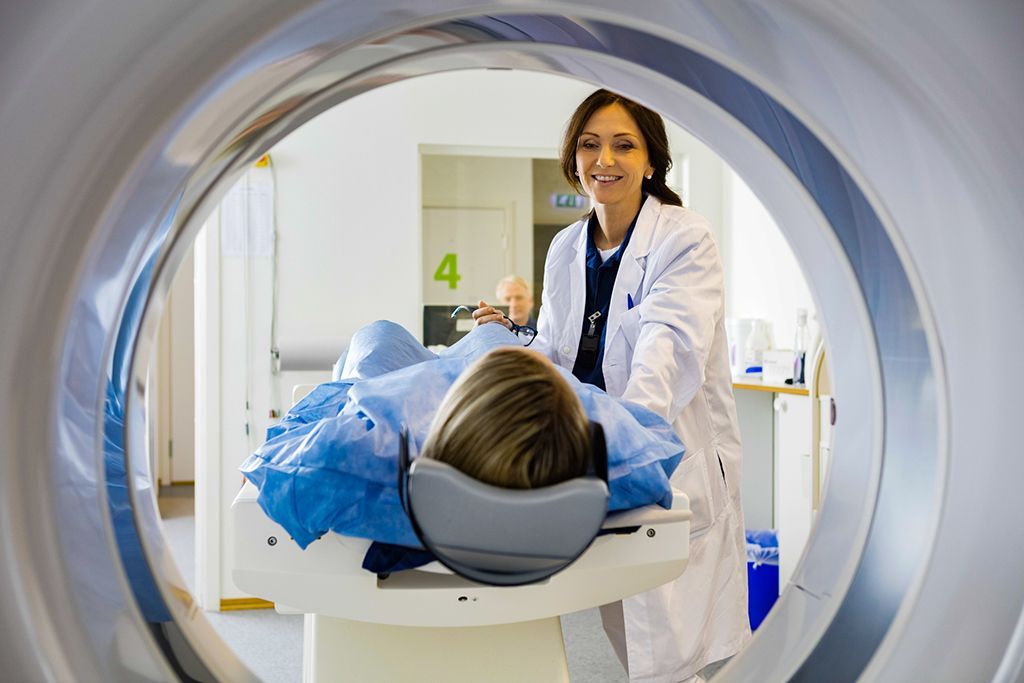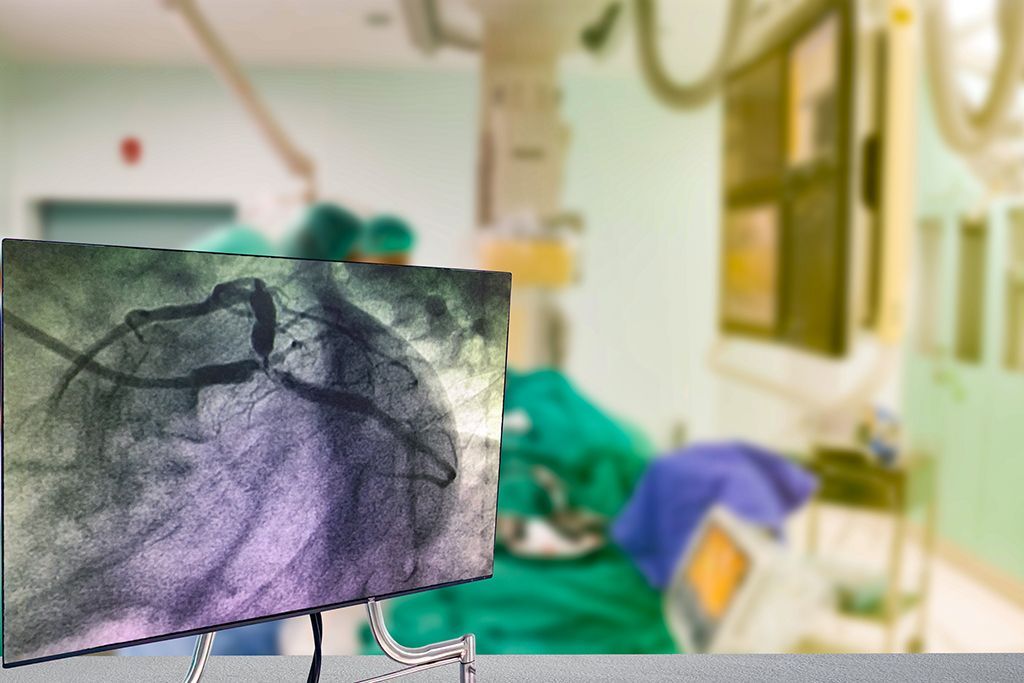HCM All Hearts Diagnostic Tools
Stress Echo

A stress echocardiogram is done immediately after exercising to see how the heart functions.
A stress echocardiogram (stress echo) is an echocardiogram conducted immediately after exercise. Its general purpose is to see how the heart functions during exercise. It can help indicate if the blood supply to the heart muscle is obstructed. It can also show if blood leaving the heart is partially blocked. Exercise is usually on a treadmill or stationary bike. If you can't exercise, you may be given a medication to speed your heart rate as though you were exercising. Your blood pressure and heart rhythm will be monitored throughout the test.
Once your heart rate is high enough, the technicians will quickly lie you down on a table and take ultrasound images of your heart. Because the echo must be performed immediately after exercise, it is done quickly. This means that the picture obtained is not as detailed as in an ordinary echocardiogram. Sometimes a detailed echo is done before you exercise.
Citations:
Chen, M. A., Zieve, D., & Conaway, B. (2020, January 27). Stress echocardiography. Stress echocardiography: MedlinePlus Medical Encyclopedia. Retrieved October 15, 2020, from https://medlineplus.gov/ency/article/007150.htm
Cleveland Clinic. (2019, 21 3). Exercise Stress Echocardiogram. Exercise Stress Echocardiogram. Retrieved October 13, 2020, from https://my.clevelandclinic.org/health/diagnostics/16983-exercise-stress-echocardiogram
Kinman, T. (2018, September 17). Stress Echocardiography. Stress Echocardiography: Purpose, Procedure, and Results. Retrieved October 13, 2020, from https://www.healthline.com/health/stress-echocardiography
Related Diagnostic Tools

 Translate
Translate













